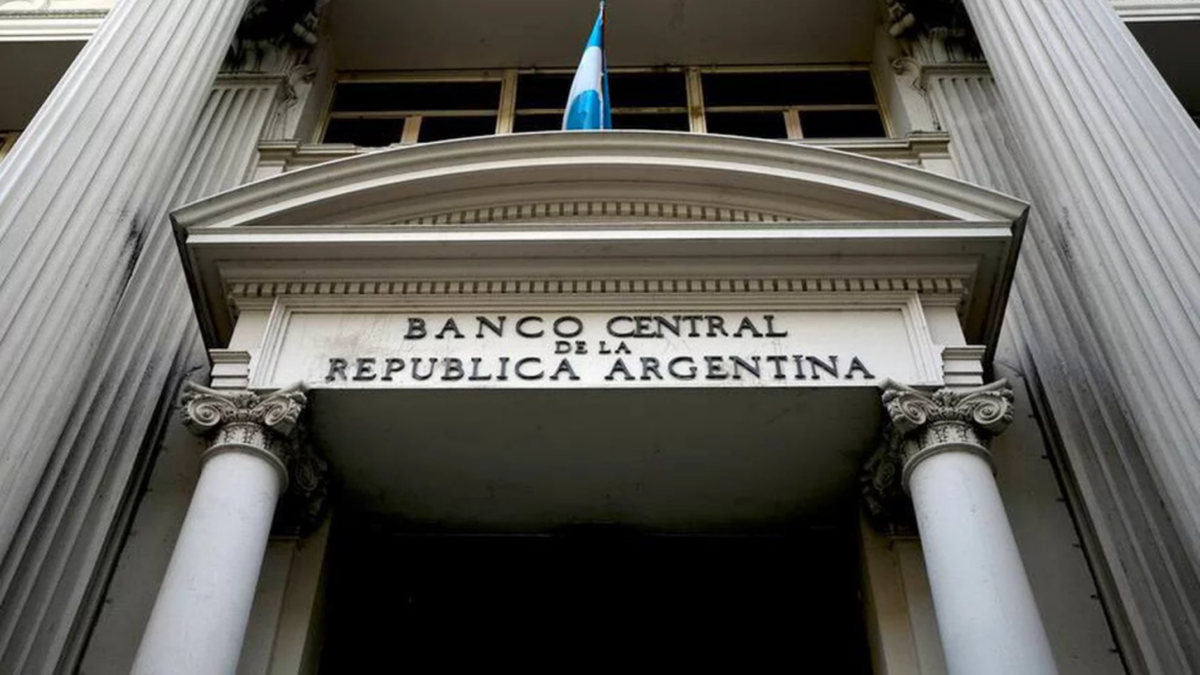Jane Stock is a technology author, who has written for 24 Hours World. She writes about the latest in technology news and trends, and is always on the lookout for new and innovative ways to improve his audience’s experience.
Menu
The Ministry of Internal Affairs wanted to receive banking information for pre-investigation checks
Categories
Most Read
Argentina, the startup of the collapse, seeks a new round of financing
October 7, 2025
No Comments
Retirement insurance: the challenge is not waiting, is to anticipate
October 6, 2025
No Comments
What if the biggest bottleneck in your company … is your way of thinking?
October 6, 2025
No Comments
The problem of the “short blanket”
October 6, 2025
No Comments
Argentine bonds yield 20% in dollars: Who is encouraged
October 6, 2025
No Comments
Latest Posts

Dollar today: how much it traded at this Tuesday, October 7
October 7, 2025
No Comments
October 7, 2025 – 19:07 Find out how much the official dollar, blue, the MEP dollar and the CCL are trading at. He official dollar

Euro today and Euro blue today: how much they closed at this Tuesday, October 7
October 7, 2025
No Comments
October 7, 2025 – 19:02 Look at how much the official euro and the blue euro are trading at. He euro today -without taxes- operated

Champions League: Bayern women experience debacle in Barcelona
October 7, 2025
No Comments
PierceI am Pierce Boyd, a driven and ambitious professional working in the news industry. I have been writing for 24 Hours Worlds for over five
24 Hours Worlds is a comprehensive source of instant world current affairs, offering up-to-the-minute coverage of breaking news and events from around the globe. With a team of experienced journalists and experts on hand 24/7.

